Home>Garden Essentials>How Deep Is Turf Grass Root


Garden Essentials
How Deep Is Turf Grass Root
Modified: March 7, 2024
Discover the depth of garden turf grass roots. Learn how deep the roots of your garden turf grass grow and how they contribute to a healthy lawn.
(Many of the links in this article redirect to a specific reviewed product. Your purchase of these products through affiliate links helps to generate commission for Storables.com, at no extra cost. Learn more)
Introduction
Gardening enthusiasts and landscape professionals understand the vital role that grass plays in creating beautiful and functional outdoor spaces. Turf grass, in particular, is widely used for its lush green appearance and ability to withstand heavy foot traffic. While the aesthetic qualities of turf grass are easily apparent, its root system is often overlooked or underestimated in terms of its importance.
The root system of turf grass is a fascinating and complex network that provides the foundation for a healthy and vibrant lawn. The depth of the root system is a crucial factor in determining the overall health and resilience of the grass. In this article, we will explore the depths of turf grass roots, why they are important, the factors that affect their depth, and techniques to promote deeper root growth.
Understanding the depth of turf grass roots is essential for various reasons. Firstly, deeper root systems provide better stability to the grass, making it more resistant to drought and extreme weather conditions. Deeper roots also allow the grass to access water and nutrients from lower soil layers, reducing the reliance on frequent irrigation and fertilization. This not only saves water and resources but also promotes sustainability in landscaping practices.
Additionally, deeper root systems help to prevent soil erosion, as the roots bind the soil together and reduce the risk of runoff during heavy rain or irrigation. The roots also play a vital role in oxygenating the soil and improving its structure, promoting a healthier ecosystem for beneficial soil organisms.
Several factors can influence the depth of turf grass root systems. Soil type is a significant factor, as different soil textures have varying levels of drainage and nutrient-holding capacity. Sandy soils tend to have shallower root depths, while clay soils may inhibit root growth if they are compacted or poorly drained.
The level of water availability in the soil is another critical factor. If the soil is consistently saturated or waterlogged, root growth may be stunted and confined to shallower depths. On the other hand, drought conditions can also lead to shallow root growth as the grass seeks moisture closer to the surface.
The type of turf grass species and its specific growth characteristics also play a role in determining root depth. Some grass species naturally develop deeper root systems than others, enabling them to thrive in challenging environments.
In the following sections, we will delve deeper into the intricacies of turf grass root systems, explore methods of measuring root depth, discuss techniques for promoting deeper root growth, and address common problems associated with shallow root systems.
Key Takeaways:
- Turf grass roots are like the hidden superheroes of your lawn, providing stability, access to water and nutrients, and preventing soil erosion. Promoting deep root growth leads to a healthier and more resilient lawn.
- Shallow turf grass roots can cause problems like drought stress, poor nutrient uptake, and increased weed competition. By understanding and addressing these issues, you can create optimal growing conditions for your lawn.
Read more: How Deep Do Bermuda Grass Roots Grow
The Importance of Turf Grass Roots
While the lush green appearance of turf grass may initially catch our attention, it is the unseen world beneath the surface that is truly remarkable. The root system of turf grass is the foundation of a healthy and robust lawn. Understanding the importance of turf grass roots is essential for anyone looking to nurture and maintain a thriving lawn.
One of the primary roles of turf grass roots is to anchor the grass plants securely into the soil. This anchorage provides stability and prevents the grass from being easily uprooted or damaged, especially in high-traffic areas or during periods of heavy wind or rain. A strong root system is key to maintaining a uniform carpet-like appearance and preventing bare patches from forming.
Deeper root systems are advantageous for turf grass as they enable the grass to access water and nutrients from deeper soil layers. This allows the grass to maintain its green and healthy appearance even during periods of drought or limited water availability. By tapping into deeper water sources, grass with deep root systems can sustain itself for longer periods without the need for excessive irrigation.
In addition to access to water, the root system is responsible for absorbing essential nutrients from the soil. A deeper root system can access a wider range of nutrients, resulting in healthier and more resilient grass. This reduces the need for excessive fertilization, promotes better sustainability, and minimizes the risk of nutrient runoff into water sources.
Another crucial function of turf grass roots is their role in preventing soil erosion. The roots of the grass penetrate the soil and bind it together, providing stability and reducing the risk of soil being washed away during heavy rain or irrigation. They also help to improve soil structure and aeration, promoting a healthy environment for beneficial soil organisms.
Furthermore, turf grass roots play a vital role in carbon sequestration. Through a process called carbon sequestration, grass roots store carbon in the soil, helping to mitigate climate change by reducing the levels of carbon dioxide in the atmosphere.
Ultimately, a healthy turf grass root system is essential for the overall health, durability, and sustainability of lawns. By promoting deeper root growth, we can ensure that our grass remains vibrant, resilient, and visually pleasing.
Factors Affecting Turf Grass Root Depth
The depth of turf grass roots is influenced by several factors. Understanding these factors is crucial for promoting deeper root growth and ensuring the overall health and resilience of your lawn. Let’s explore the key factors that affect turf grass root depth.
1. Soil Type: The type of soil in which turf grass is grown plays a significant role in root depth. Sandy soils, which have larger particles and excellent drainage, tend to have shallower root depths. On the other hand, clay soils, with smaller particles and poorer drainage, can hinder root growth if they become compacted or waterlogged. Loamy soils, which are a balance of sand, silt, and clay, generally offer optimal conditions for deeper root development.
2. Water Availability: The availability of water in the soil is a major factor influencing root depth. If the soil remains saturated or waterlogged for extended periods, it can restrict the growth of turf grass roots. This leads to shallower root systems that are less resilient to drought conditions. Conversely, periods of extended dryness can also result in shallow root growth as grass seeks water near the surface.
3. Turf Grass Species: Different species of turf grass vary in their ability to develop deep root systems. Some species, like Kentucky bluegrass and tall fescue, have naturally deeper roots compared to others. Choosing grass species known for their deep rooting characteristics can promote better overall root depth in your lawn.
4. Cultural Practices: Proper cultural practices can contribute to deeper root growth. Regular aeration, which reduces soil compaction and improves air exchange in the root zone, encourages root penetration into the soil. Additionally, frequent and deep watering can promote deeper root growth as it encourages the roots to reach down in search of moisture. However, overwatering can also lead to shallow root growth, so it’s important to strike the right balance.
5. Fertilization: The application of appropriate fertilizers can stimulate root growth in turf grass. Fertilizers rich in phosphorus, such as those with a high middle number on the label (e.g., 10-20-10), can promote root development. However, it’s important to follow manufacturer instructions and avoid over-fertilization, as excessive nutrients can inhibit root growth and cause harm to the grass.
6. Temperature and Climate: Temperature and climate conditions play a role in root depth. Cool-season grasses, like Kentucky bluegrass and fine fescue, tend to develop deeper roots compared to warm-season grasses. Cooler soil temperatures encourage root growth, while excessively high temperatures can slow down or hinder root development.
By understanding these factors and implementing appropriate lawn care practices, you can create optimal conditions for deep turf grass root growth, resulting in a healthier, more resilient, and visually appealing lawn.
Understanding Turf Grass Root Systems
Turf grass root systems are intricate and fascinating structures that play a crucial role in supporting the health and vitality of lawns. Understanding the basics of turf grass root systems can help you better care for your lawn and promote its overall well-being.
Turf grass roots can be categorized into two main types: fibrous roots and rhizomes.
1. Fibrous Roots: Fibrous roots are the fine, hair-like roots that emerge from the base of the grass plants. They spread out horizontally in the uppermost layers of the soil, forming a dense network. These shallow fibrous roots are responsible for absorbing water, nutrients, and oxygen from the soil. They also play a crucial role in anchoring the grass plants firmly into the ground.
2. Rhizomes: Rhizomes are specialized stems that grow horizontally underneath the soil surface. They are an essential feature of certain turf grass species, such as Kentucky bluegrass and bermudagrass. Rhizomes function as a means of vegetative reproduction, allowing the grass to spread and form new shoots and roots. In addition to their reproductive function, rhizomes also store carbohydrates, providing energy for the grass during periods of stress or limited resources.
Together, fibrous roots and rhizomes work in harmony to support the turf grass plant and create a healthy, interconnected root system.
Turf grass root systems can vary in depth, depending on factors such as soil type, grass species, and cultural practices. Shallow-rooted grass species, such as fine fescues, typically have a fibrous root system that extends just a few inches into the soil. Deep-rooted grass species, like tall fescue and Kentucky bluegrass, develop a combination of fibrous roots in the upper layer of soil and deeper, more extensive root systems that can penetrate several feet into the ground.
The structure and density of turf grass root systems provide several advantages. Firstly, they help to prevent soil erosion by binding the soil particles together, reducing the risk of runoff during heavy rain or irrigation. This is particularly important for sloped areas or locations where water flow is concentrated.
Turf grass roots also contribute to the overall health of the soil ecosystem. As the roots grow and decay, they release organic matter into the soil, improving its structure, fertility, and nutrient-holding capacity. This allows for better water infiltration, aeration, and root penetration.
In summary, understanding the structure and function of turf grass root systems can enhance your knowledge and appreciation of the vital role they play in creating a healthy, vibrant lawn. By implementing proper lawn care practices that promote root growth and maintenance, you can ensure the long-term vitality and beauty of your turf grass.
Turf grass roots can extend 6-12 inches deep, but some varieties can reach up to 5 feet. Deep roots help the grass withstand drought and stress.
Measuring Turf Grass Root Depth
Measuring turf grass root depth is a valuable tool in assessing the health and vigor of a lawn. By understanding the depth of the root system, you can make informed decisions about irrigation, fertilization, and overall lawn care practices. There are several techniques available to accurately measure turf grass root depth. Let’s explore some of the commonly used methods.
1. Root Excavation: This method involves physically digging up a section of the lawn and carefully examining the roots. Select a representative area of your lawn and use a spade to dig a square or rectangular section. Gently shake off the soil from the roots and measure the depth of the longest visible roots. Repeat this process in multiple areas to get an average root depth for your lawn. While this method provides direct measurement, it can be labor-intensive and may disturb the grass.
2. Core Sampling: Core sampling is a non-destructive technique that involves using a specialized tool called a soil corer or soil probe. Insert the probe into the soil to a desired depth and extract a cylindrical soil core. Carefully examine the core to identify the depth at which the majority of the roots are present. This method provides a representative measurement of root depth without causing significant disturbance to the lawn.
3. Tensiometers: Tensiometers are instruments used to measure soil moisture tension. They consist of a probe with a suction gauge that is inserted into the soil. By measuring the level of moisture tension, you can determine how deeply the roots are accessing moisture. Tensiometers are particularly useful for assessing whether the roots are reaching the desired depth for optimal health. However, this method primarily measures soil moisture rather than root depth directly.
4. Ground Penetrating Radar (GPR): GPR is a more advanced and specialized technique used to measure turf grass root depth. It involves using electromagnetic waves to map the subsurface and detect the presence and depth of roots. GPR provides a detailed and accurate assessment of root depth, but it requires specialized equipment and expertise to operate effectively.
It is important to note that the specific method used to measure turf grass root depth may vary depending on factors such as available resources, scale of the project, and desired level of accuracy. It is recommended to consult with a professional or extension service to determine the most appropriate method for your specific lawn care needs.
Regularly measuring turf grass root depth, especially during key growth stages or when making adjustments to lawn care practices, is essential for monitoring the health and progress of your lawn. By understanding the depth of the root system, you can make informed decisions about irrigation, fertilization, and overall lawn management, ultimately promoting a healthier and more resilient lawn.
Read more: How Deep Are Wildflower Roots
Techniques for Promoting Deeper Turf Grass Roots
Promoting deeper turf grass roots is essential for creating a healthy and resilient lawn. Deeper root systems allow grass to access water and nutrients from deeper soil layers, making it more drought-tolerant and better equipped to withstand environmental stresses. Here are some effective techniques to promote deeper turf grass roots:
1. Avoid Frequent Shallow Irrigation: Instead of watering your lawn frequently with shallow irrigation, encourage deep root growth by providing infrequent, deep watering sessions. This promotes the grass to seek water deeper in the soil, encouraging the development of deeper roots. Water deeply, allowing moisture to penetrate at least 6 inches into the soil, and then allow the soil to dry out slightly before watering again.
2. Provide Adequate Drainage: Ensuring proper drainage is crucial for promoting deep root growth. Poorly drained soil can lead to shallow root systems as the grass plants are unable to penetrate deeper layers. If your lawn has drainage issues, consider improving soil structure by incorporating organic matter or installing drainage systems, such as French drains, to prevent waterlogged conditions.
3. Aerate the Soil: Regular aeration helps to reduce soil compaction and encourages deeper root growth. Use a core aerator to remove small plugs of soil, allowing air, water, and nutrients to reach the root zone more effectively. Aeration also stimulates root development by providing space for new root growth and improving the soil’s overall health and structure.
4. Mow at the Right Height: Set your mower to the optimal height for your turf grass species and avoid cutting more than one-third of the grass blade at a time. Longer grass blades promote deeper root growth because they provide more surface area for photosynthesis, which fuels root development. Additionally, taller grass shades the soil, reducing evaporation and promoting moisture retention.
5. Feed with Proper Fertilization: Apply the appropriate type and amount of fertilizer to support strong root growth. Nitrogen-rich fertilizers promote leaf growth, while phosphorus helps stimulate root development. Use a slow-release fertilizer with a balanced ratio of nutrients, following the recommended application rates for your specific turf grass species.
6. Overseed with Deep-Rooted Grasses: Overseeding your lawn with deep-rooted grass species, such as Kentucky bluegrass or tall fescue, can help to establish a denser and deeper root system. These grasses have natural characteristics that encourage deeper root growth and increased drought tolerance. Consult with a local expert to determine the best grass species for your region and lawn conditions.
7. Monitor and Manage Thatch: Excessive thatch buildup can impede water infiltration and root penetration. Regularly monitor thatch levels in your lawn and dethatch when necessary to maintain a healthy root environment. Use a dethatching rake or mechanical dethatcher to remove the excessive layer of dead stems and organic matter between the soil and the grass blades.
8. Provide Adequate Air Circulation: Proper air circulation is vital for root development. Avoid over-irrigating, which can lead to waterlogged soil and limit oxygen availability to the roots. Prune shrubs and trees near the lawn to allow for ample light and airflow. Trim overgrown grass to prevent the formation of dense thatch layers that restrict air movement.
By implementing these techniques, you can encourage deeper turf grass root growth and cultivate a stronger, more resilient lawn. A healthy root system is the foundation of a thriving lawn, providing the necessary attributes for a lush and visually appealing outdoor space.
Common Problems with Shallow Turf Grass Roots
Shallow turf grass roots can lead to a range of problems that can affect the health, appearance, and resilience of your lawn. Understanding these common issues can help you identify and address shallow root growth in your turf grass. Let’s explore some of the most common problems associated with shallow turf grass roots:
1. Drought Stress: Shallow-rooted grasses are more prone to drought stress. During periods of limited rainfall or water restrictions, shallow roots struggle to access moisture from deeper soil layers. This can result in browning, wilting, and overall decline of the grass. Deep-rooted grasses, on the other hand, have a better ability to withstand drought conditions as they can tap into water reserves at deeper depths.
2. Poor Nutrient Uptake: Shallow root systems have limited access to the nutrients present in the soil. As a result, the grass may not receive adequate nutrition to support healthy growth and vibrant color. This can lead to nutrient deficiencies, stunted growth, and reduced resistance to pests and diseases.
3. Increased Weed Competition: Shallow-rooted grasses create a favorable environment for weeds to establish and compete for resources. Weeds with deep root systems, such as dandelions or crabgrass, can outcompete the turf grass, leading to an uneven and unsightly lawn. Deep-rooted grasses can help to suppress weed growth by effectively utilizing available resources and creating a dense turf canopy.
4. Weak Soil Structure: Shallow-rooted grasses do not contribute significantly to improving soil structure and stability. The lack of deep root penetration can result in weaker soil, prone to erosion, compaction, and poor drainage. This can lead to issues such as standing water, surface runoff, and reduced oxygen availability to the roots.
5. Increased Susceptibility to Heat Stress: Shallow-rooted grasses are less capable of extracting moisture from deeper soil layers, making them more susceptible to heat stress. During periods of high temperatures, shallow-rooted grasses may struggle to access sufficient water, resulting in brown patches, heat damage, and even death of the grass plants. Deep-rooted grasses have a better chance of surviving and recovering from heat stress due to their ability to access moisture at greater depths.
6. Compacted Soil: Shallow root systems are more likely to occur in compacted soil, where the soil particles are tightly packed together. Compacted soil restricts the penetration and growth of roots, limiting their ability to access essential resources. This can further exacerbate issues such as poor drainage, nutrient deficiencies, and lack of water retention.
7. Reduced Resilience: Shallow-rooted grasses have a lower capacity to withstand environmental stresses and recover from damage. They are more prone to damage from foot traffic, drought, disease, and other stress factors. Deep-rooted grasses, with their extensive root systems, have a better ability to regenerate and recover from these challenges.
To address these problems, it is important to promote deeper root growth in your turf grass. Implementing techniques such as deep watering, aeration, overseeding with deep-rooted grass species, and improving soil quality can help encourage the development of deeper root systems, leading to a healthier and more resilient lawn.
By understanding the issues associated with shallow turf grass roots, you can take proactive steps to address them and create a lawn that is more robust, visually appealing, and better able to withstand environmental challenges.
Conclusion
Turf grass root depth plays a fundamental role in the health and resilience of your lawn. Understanding the importance of turf grass roots and the factors that affect their depth is crucial for maintaining a vibrant and thriving outdoor space. Deep-rooted turf grass not only enhances the visual appeal of your lawn but also provides numerous benefits such as improved drought tolerance, better nutrient uptake, reduced soil erosion, and enhanced soil health.
By employing various techniques, you can promote deeper root growth in your turf grass. These include avoiding frequent shallow irrigation, providing adequate drainage, regular aeration, mowing at the correct height, proper fertilization, overseeding with deep-rooted grasses, and monitoring thatch levels. Implementing these practices will encourage the development of deeper root systems, resulting in a healthier, stronger, and more resilient lawn.
On the other hand, shallow turf grass roots can lead to a range of problems, including drought stress, poor nutrient uptake, increased weed competition, weak soil structure, susceptibility to heat stress, compacted soil, and reduced resilience. Understanding these common issues can help you identify and address shallow root growth in your turf grass, allowing you to make the necessary adjustments and create optimal growing conditions for your lawn.
Remember that promoting deep turf grass roots is a long-term commitment. It requires consistent care, proper irrigation practices, and a comprehensive approach to lawn maintenance. By prioritizing the health of your turf grass roots, you can enjoy a beautiful and resilient lawn that enhances the aesthetics of your outdoor space while also promoting environmental sustainability.
In conclusion, deep-rooted turf grass is the foundation of a healthy and thriving lawn. Through a combination of proper cultural practices, a balanced approach to irrigation and fertilization, and selecting deep-rooted grass species, you can cultivate deep root systems that improve the overall appearance, durability, and environmental impact of your lawn. So, invest in the health of your turf grass roots and enjoy the benefits of a lush, vibrant, and resilient lawn for years to come.
Frequently Asked Questions about How Deep Is Turf Grass Root
Was this page helpful?
At Storables.com, we guarantee accurate and reliable information. Our content, validated by Expert Board Contributors, is crafted following stringent Editorial Policies. We're committed to providing you with well-researched, expert-backed insights for all your informational needs.
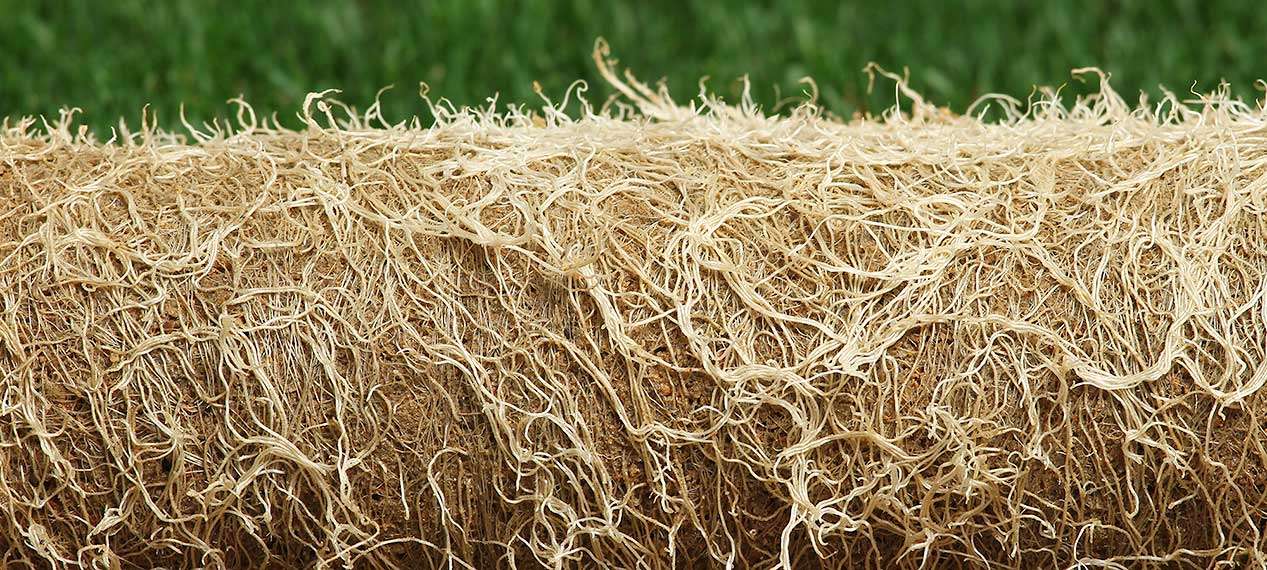
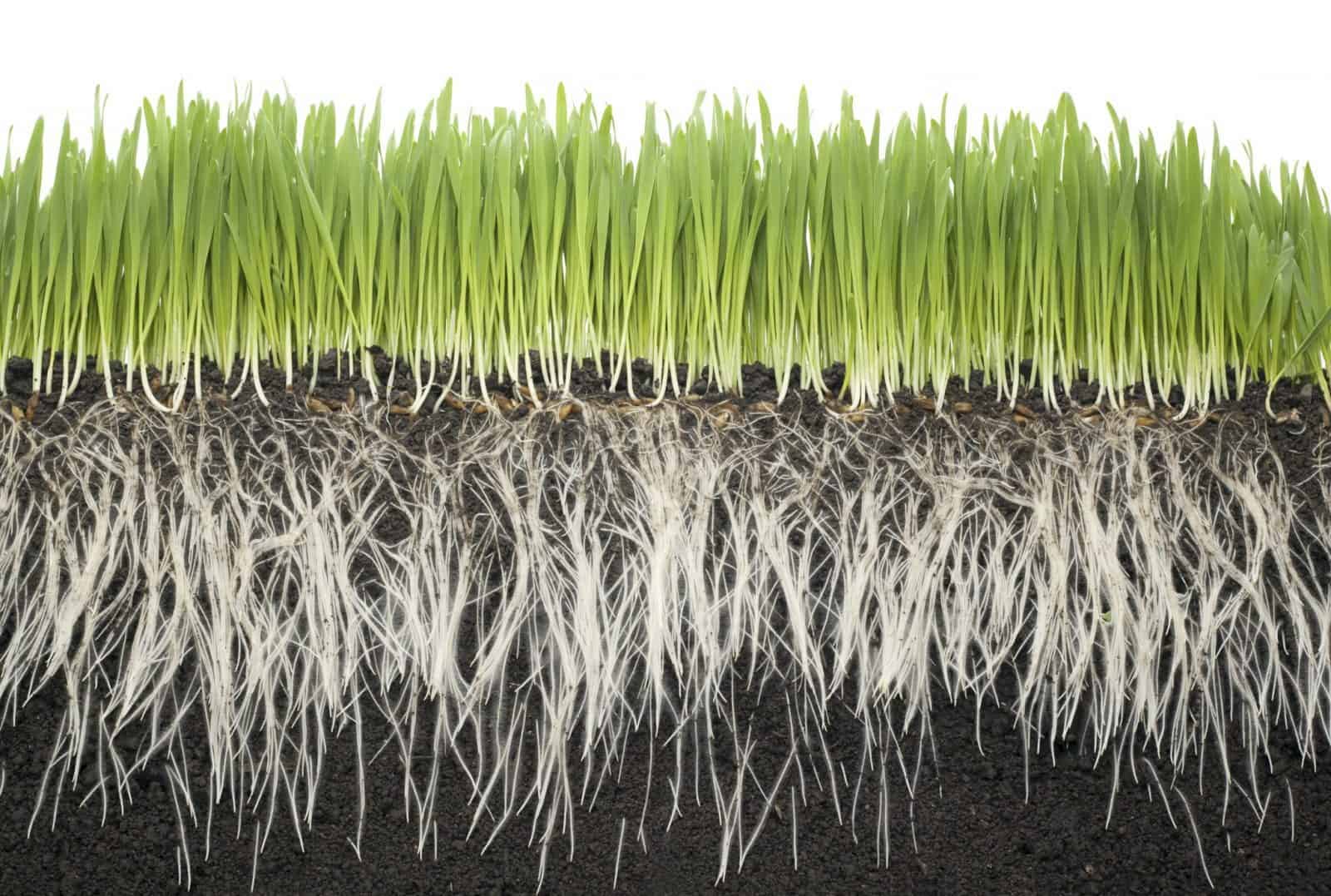
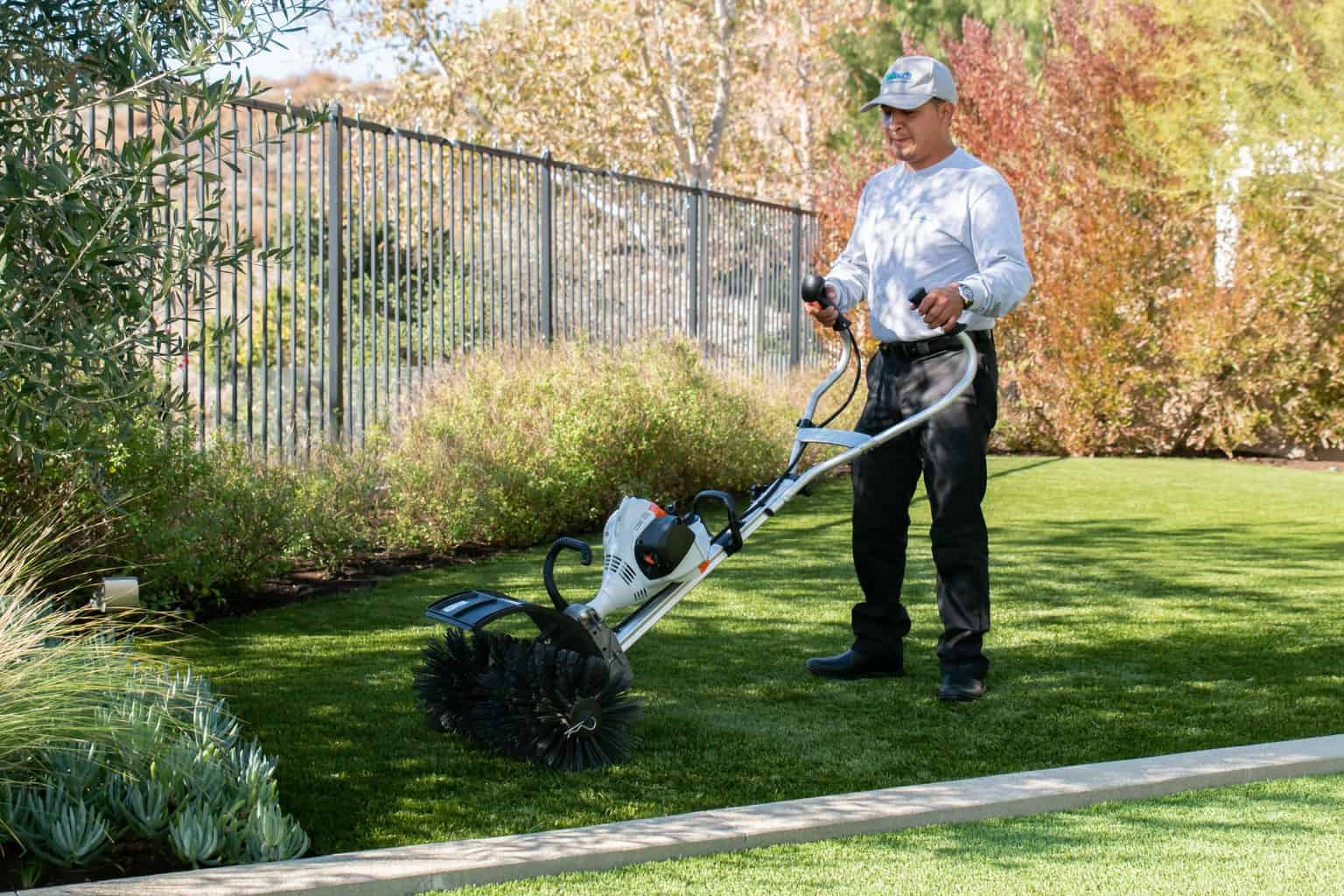

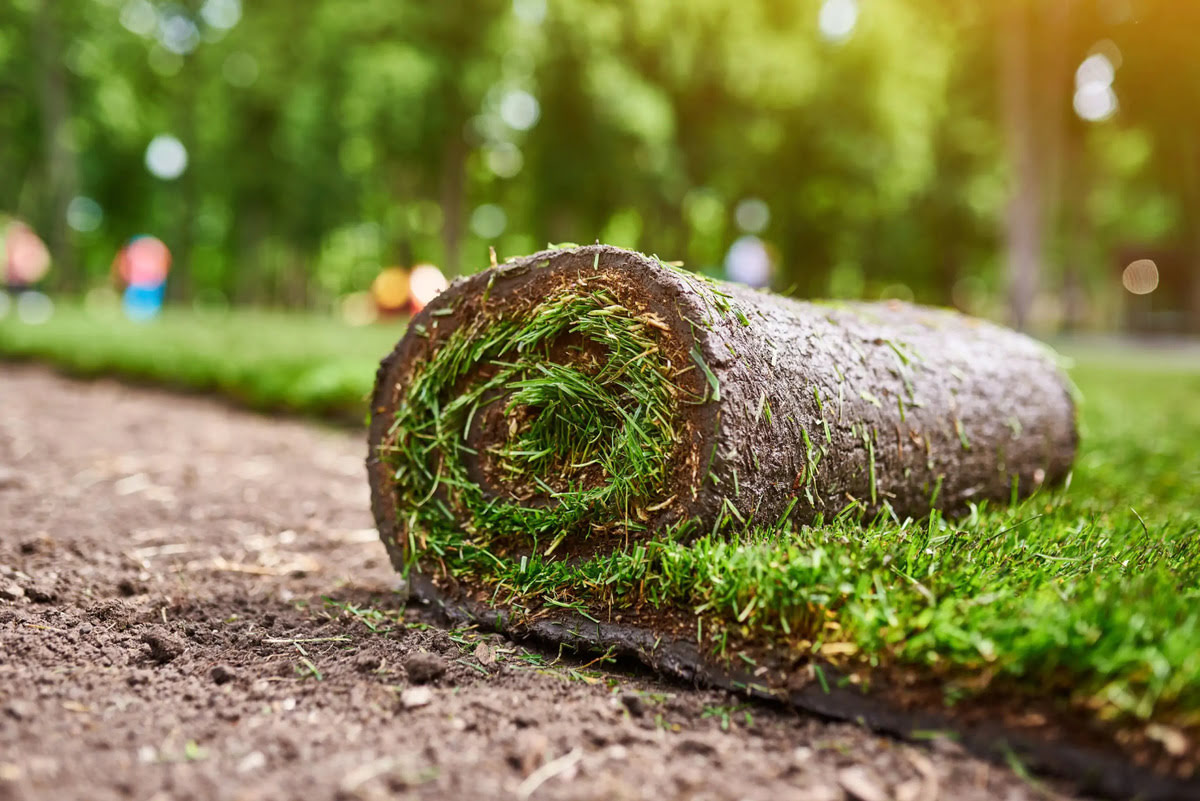
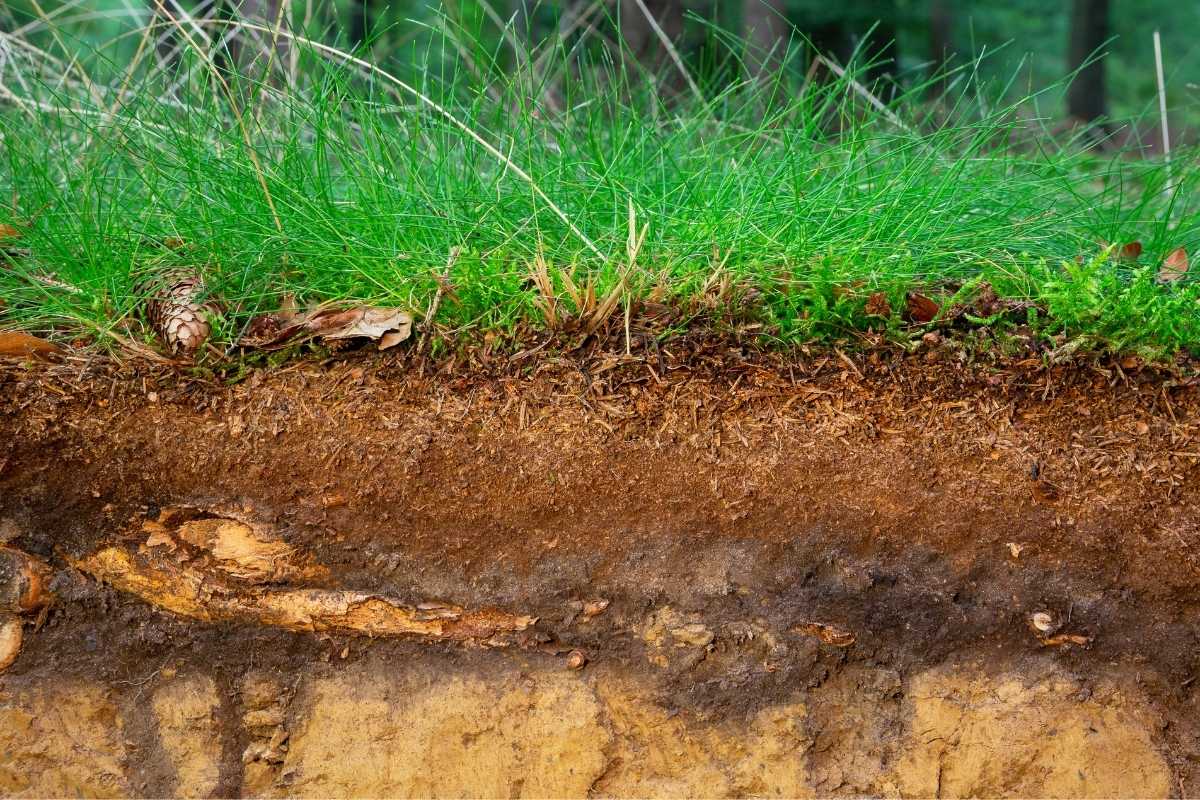

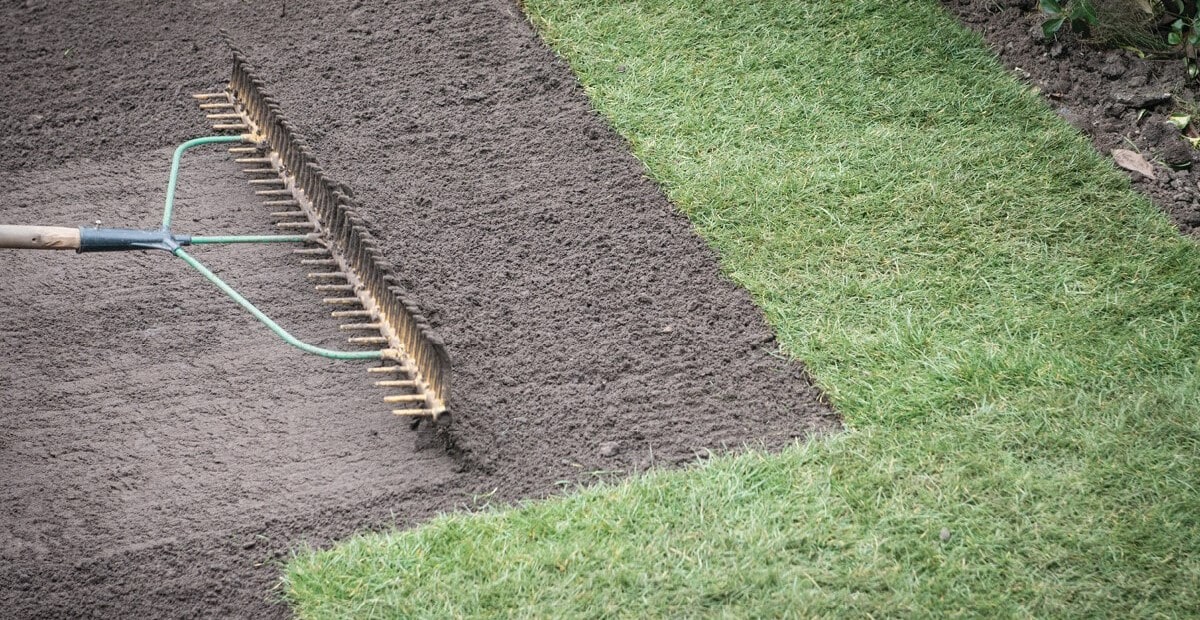
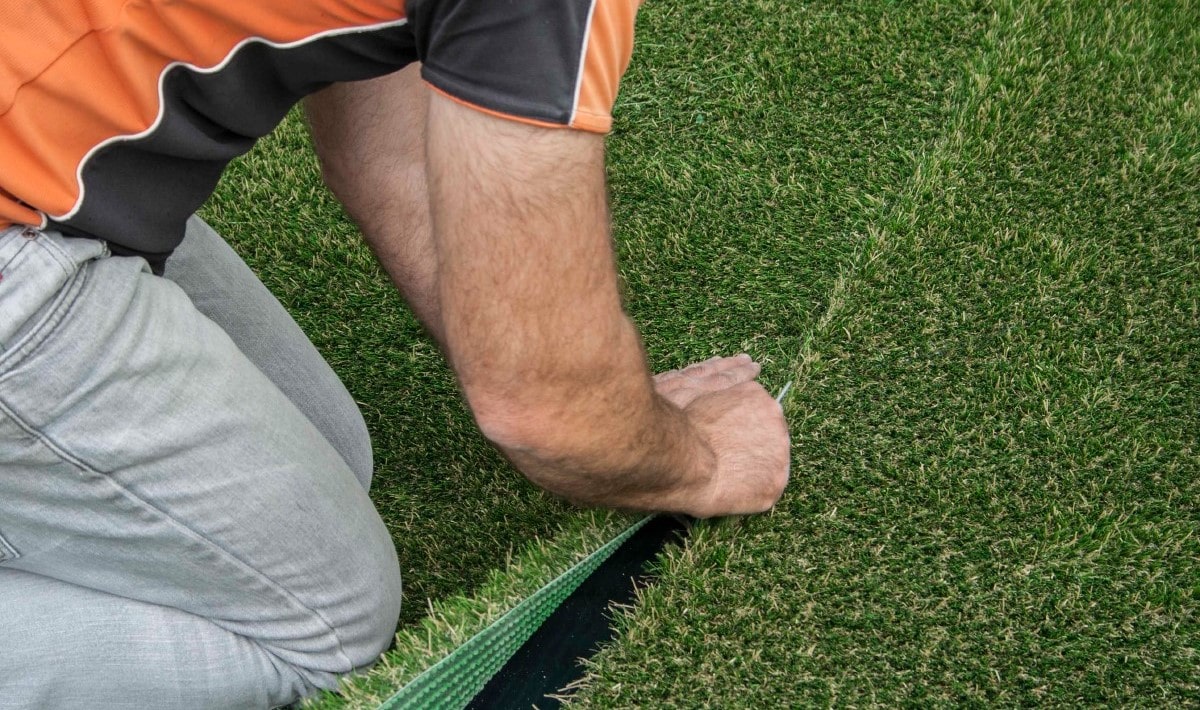
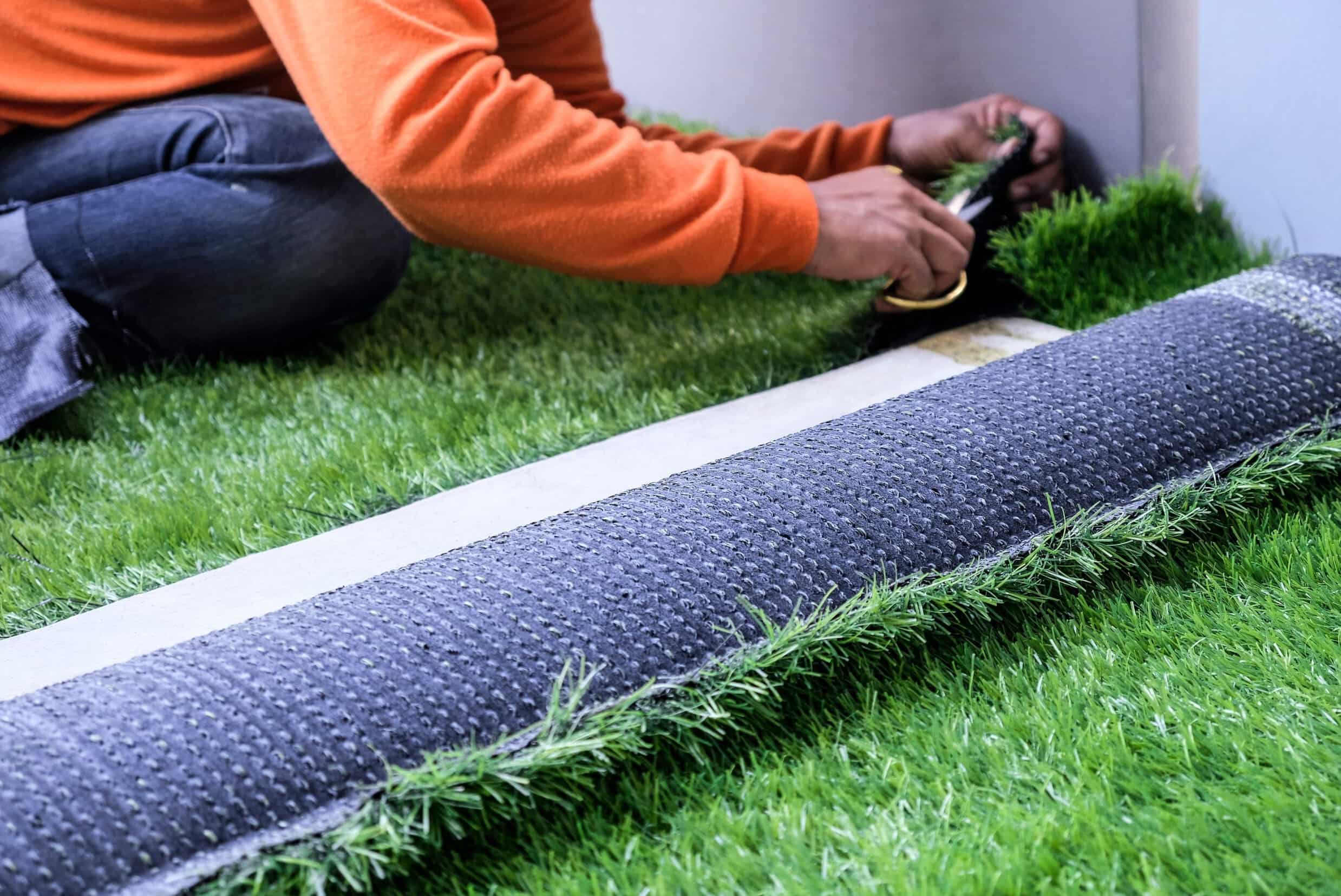
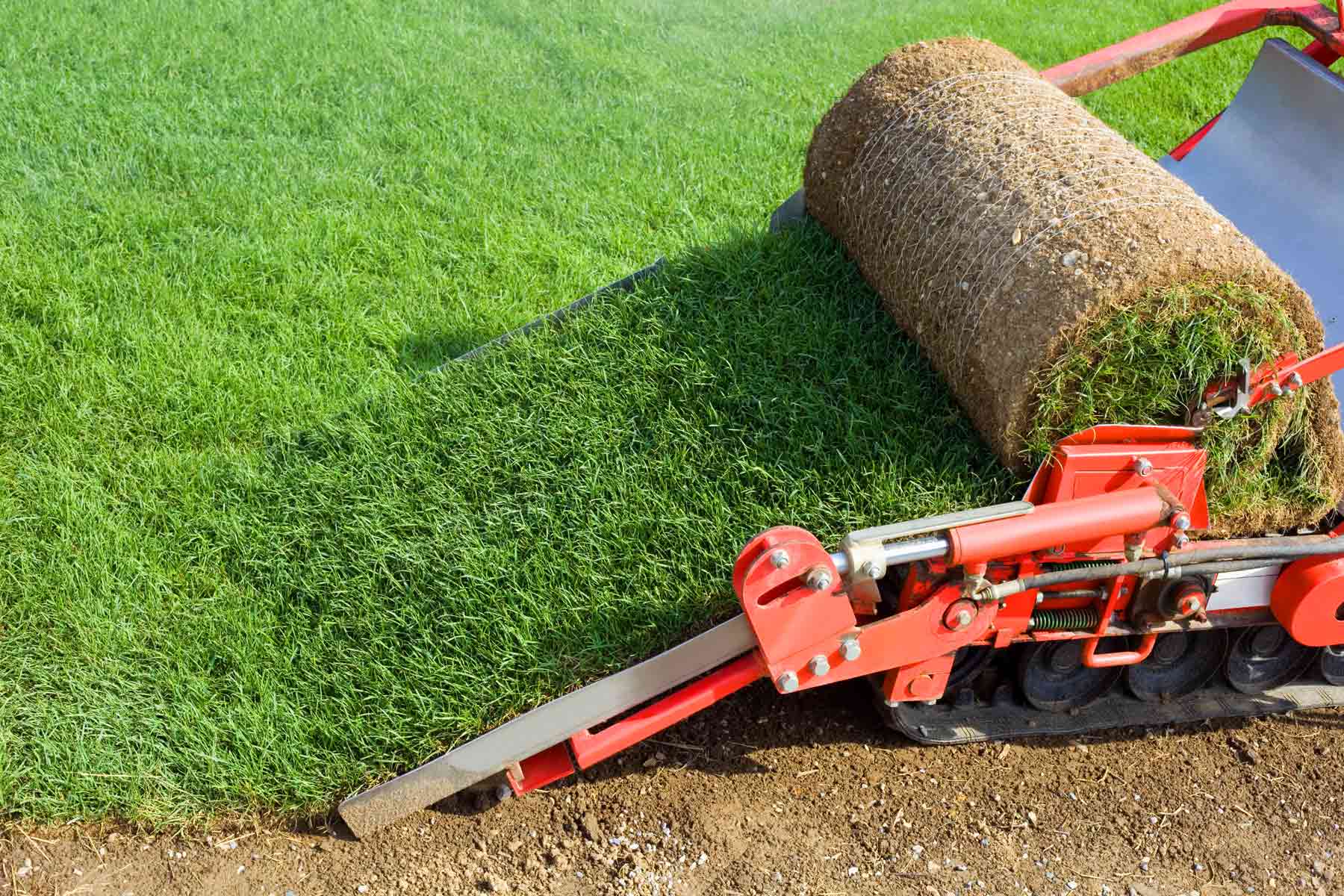




0 thoughts on “How Deep Is Turf Grass Root”